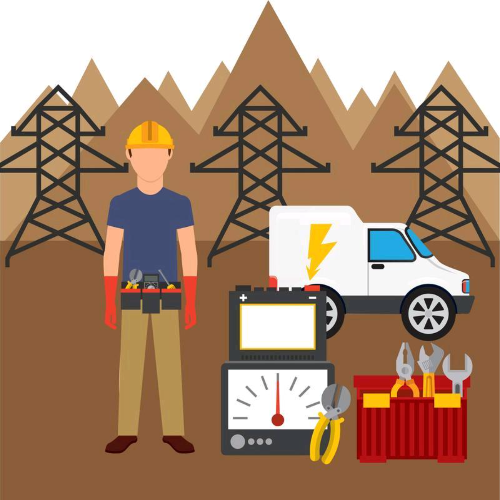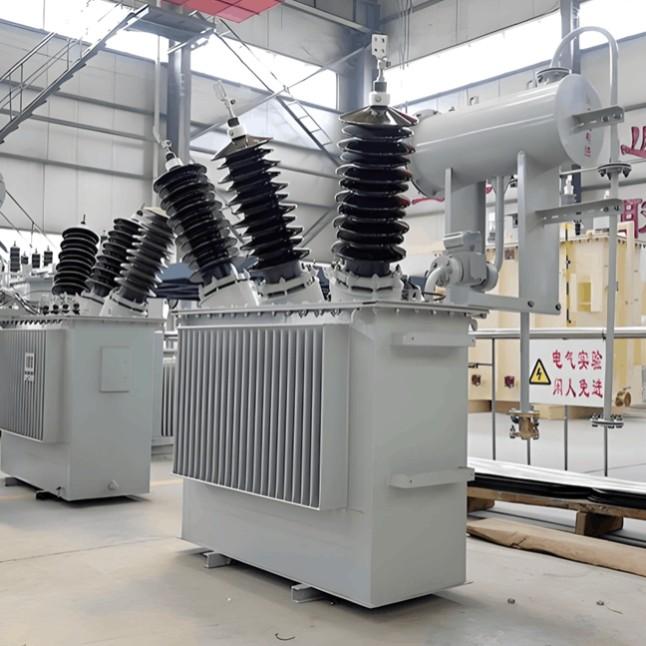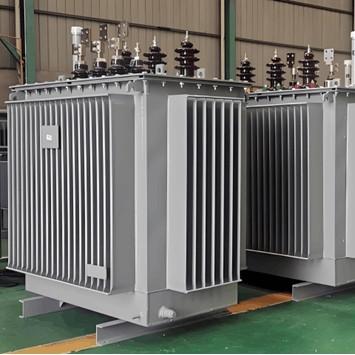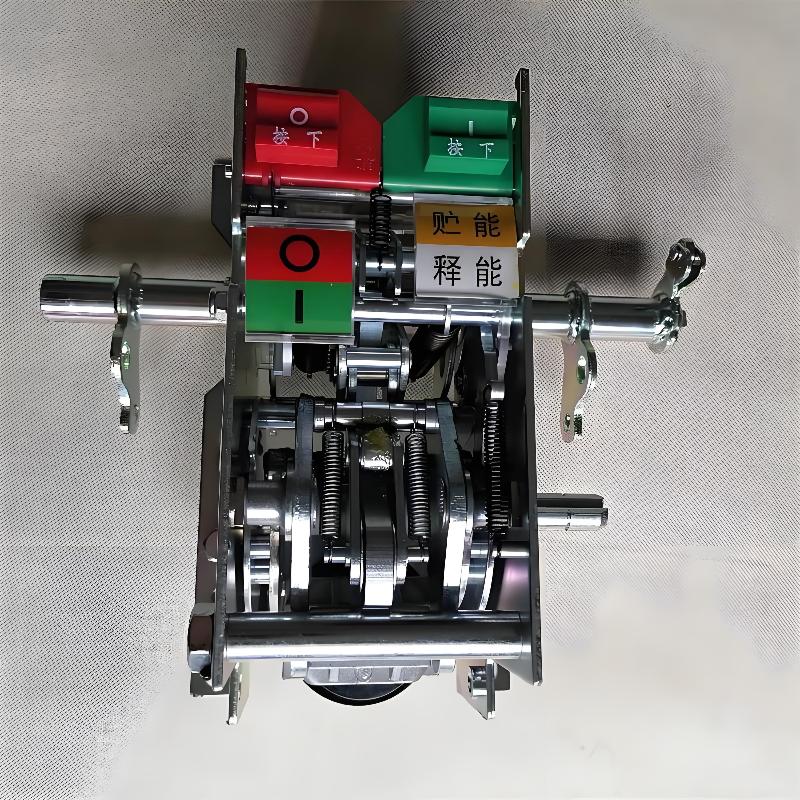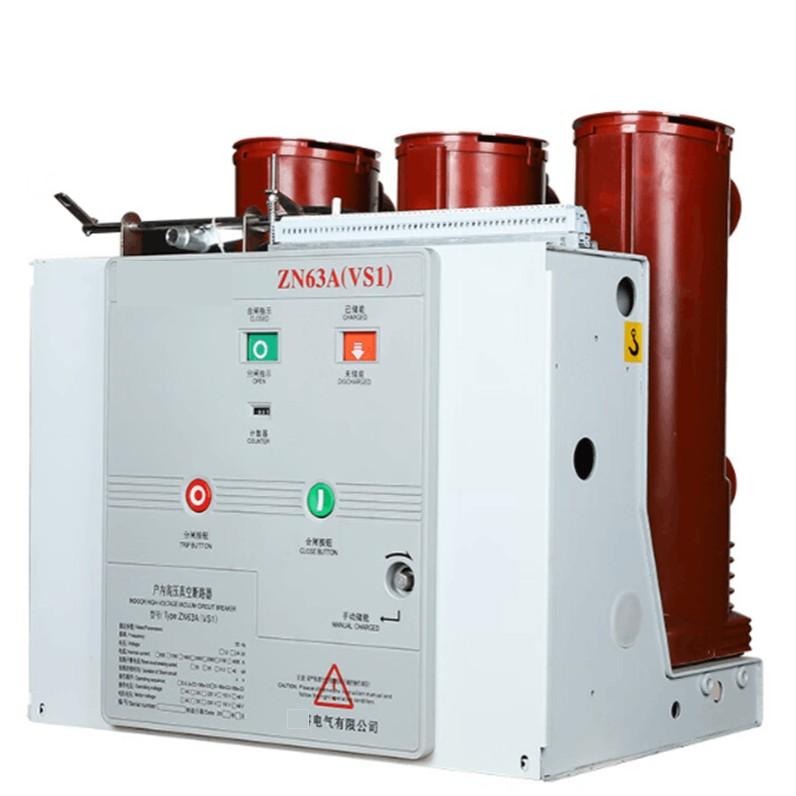Hey everyone, I’m James, and I’ve been working with outdoor voltage transformers (VTs) for 10 years.
From the early days of tagging along with my mentor on job sites, wiring up equipment, and debugging systems, to now leading substation projects and dealing with all kinds of complex field issues — I’ve seen it all. I’ve made mistakes, learned from them, and picked up some real-world experience along the way.
Not long ago, a colleague messaged me:
“Echo, we’re about to replace a bunch of Siemens outdoor VTs with ABB ones. Any key points we should pay attention to?”
That’s such a practical question! So today, I want to share with you:
What are the key things you need to know when switching from Siemens outdoor voltage transformers to ABB models?
No fancy technical terms — just plain talk based on my 10 years of hands-on experience. Let’s dive in!
1.Selection Phase – Don’t Rush Into Ordering, Ask These Key Questions First
1.1 Are the Technical Parameters Matched?
This is the most important step!
Even though both are voltage transformers, there can be small but meaningful differences between brands like Siemens and ABB.
For example:
So make sure the new ABB VT fully replaces the original function — don’t assume they’re “basically the same” and call it good.
1.2 Do the Installation Dimensions Line Up?
This is often overlooked, but super important!
Are the mounting hole positions the same?
Is the flange size consistent?
Has the overall size changed?
If the dimensions don’t match, you might end up modifying brackets or drilling holes on-site — which takes time and increases the risk of errors.
My advice: Compare drawings in advance or even go to the site and measure if possible.
1.3 Can It Handle the Weather Out There?
Since it’s an outdoor VT, it has to withstand sun, rain, and everything else nature throws at it.
Does the ABB model have at least IP65 protection rating?
Is the material corrosion-resistant? This is especially important near coasts or chemical plants.
Does the operating temperature range suit your local climate?
When selecting, try to choose a model that matches or exceeds the performance of the original — don’t cut corners and end up with more headaches later.
1.4 Are There Any Functional Differences?
Sometimes two VTs may look similar, but their functions could vary quite a bit.
For example:
Before replacing, make sure the new ABB VT can fully support the original system — especially critical parts like protection logic and metering accuracy.
2.Installation Phase – Details Make or Break the Job
2.1 Before You Remove the Old One, Know Exactly How It Was Wired!
Don’t skip this step — many people only realize they forgot to take notes after the old one is gone, and then they're stuck.
Here’s what I always do:
Take clear photos of the wiring before removing anything;
Label terminal blocks and connections carefully;
Prepare tools and materials in advance;
Plan out each step of the installation process.
The better prepared you are, the smoother the installation will go.

2.2 Grounding Is NOT Something to Skip!
Grounding is the first line of safety — never skimp on it!
Make sure the grounding of the new ABB VT is solid and reliable;
Use proper grounding wires;
Test the grounding resistance to ensure it meets standards;
Apply anti-corrosion treatment to prevent rust and poor contact over time.
Outdoor equipment is constantly exposed to the elements, so grounding quality directly affects its lifespan and safety.
2.3 Don’t Skip Polarity Testing!
Some newbies think polarity testing isn't that important — big mistake!
Especially in differential protection circuits, incorrect polarity can cause serious malfunctions.
Always perform a polarity test after installation to confirm that the primary and secondary terminals are correctly aligned.
It might feel like extra work, but it’s crucial for system stability and safety.
2.4 Don’t Power It Up Immediately After Installation — Test First!
Don’t rush into energizing — that’s asking for trouble!
At minimum, run these tests:
Insulation resistance test: Check for insulation integrity;
Power frequency withstand voltage test: Verify it can handle rated voltage;
Ratio test: Confirm actual ratio matches nameplate;
Error test (for metering-grade VTs): Ensure measurement accuracy.
Only proceed once all tests pass.
2.5 Finally, Do a Full System Integration Test!
Remember, the VT doesn’t work alone — it’s part of a larger system.
Connect it to the protection relay, monitoring system, and check if data acquisition is normal;
Run it under load for a while and observe its performance;
If any issues pop up, fix them right away — don’t wait until full operation starts.

3.Wrap-Up Thoughts
As someone who’s spent 10 years in the outdoor VT game, here’s my takeaway:
“Replacing a device isn’t just swapping out the shell — it’s about making sure the new one truly integrates into the system.”
If you're still struggling with selection or worried about potential installation issues, remember these key points:
Consistent technical parameters;
Compatible installation dimensions;
Environmental adaptability;
Functional compatibility;
Thorough pre-installation preparation;
Correct grounding practices;
Strict electrical testing procedures.
These will not only save you time, but also significantly reduce the risk of equipment failure.
If you run into any problems during the replacement — whether it’s installation difficulties, failed tests, or system incompatibility — feel free to reach out anytime. I’d love to help you troubleshoot and offer real-world advice.
Here’s hoping every outdoor voltage transformer runs safely, stably, and efficiently — quietly guarding the power grid like a true unsung hero.
4.Frequently Asked Questions (FAQ)
Q1: Can the original protection settings still be used after switching to ABB voltage transformers?
A1:Not necessarily. The output characteristics of different brands may have slight differences, especially regarding secondary-side voltage waveforms, internal resistance, response times, etc.
After replacement, it’s recommended to recheck the protection settings and, if necessary, perform a load test to ensure that the protection logic remains effective.
Q2: Will the wiring method change? Can the terminal block from Siemens be directly connected to ABB’s?
A2:Most of the time, the wiring methods are compatible, but it depends on the model.Some ABB models might have different terminal arrangements or labeling conventions. It’s advisable to carefully compare the wiring diagrams of both old and new equipment before installation to avoid miswiring which could lead to failures.
Q3: Could the replacement affect data acquisition in the backend monitoring system?
A3:It’s possible! Especially if your original system was specifically configured for Siemens equipment.For instance, communication protocols (like IEC61850), data formats, and range mapping might differ, requiring adjustments or reconfiguration in the backend SCADA system.
— James









